“Souls cross ages like clouds cross skies, an’ tho’ a cloud’s shape nor hue nor size don’t stay the same, it’s still a cloud an’ so is a soul.”
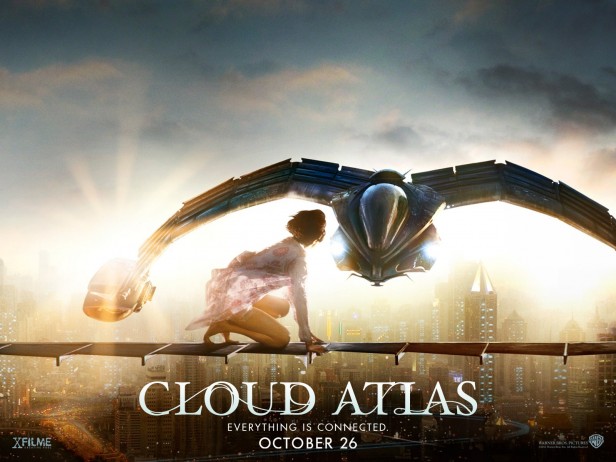
Confusing. Intriguing. Unique. Beautiful. These words describe both the passage above and book-turned-movie “Cloud Atlas,” which came out in theaters Oct. 26.
“Cloud Atlas,” by David Mitchell, is a unique and revolutionary novel. The book is separated into six stories that take place from the 1860s to the 2100s. The stories are about six different people and range in style from a series of letters to a memoir to a speech.
One of the unique qualities of the novel is that it doesn’t feel like one novel, but rather six short stories, each written by a different person. Each chapter is written as the time period would have it be (the sections in the future are even written with a made-up lingo for each era). The first time I read the novel, I paid little attention to the earlier sections, mainly because they were written in a strange way. I began to wonder whether the novel really was a novel, or just six separate stories.
But, halfway through my first readthrough and all throughout my second one, I realized the subtle ways in which the six stories connect. For example, each main character happens to have the same birthmark. Also, each story refers directly to an atlas of clouds. Overall, while the novel might seem disconnected and confusing at first, it’s unique in its structure — and never boring.
Looking at a novel like this, it’s easy to say a movie version of would be unfilmable. In a sense, you’d be right. That’s where directors Andy and Lana Wachowski (“Matrix”) and Tom Tywker (“Run Lola Run”) come in. The three of them rearranged the novel’s structure, shortened down each storyline, and got an ensemble cast to portray multiple roles in “Cloud Atlas,” the movie.
Unlike the book, the directors decided to treat the six stories as one large, crisscrossing tale, and so the movie regularly cuts back and forth, between each time period. This might seem to deviate too much from the novel, but that’s exactly the point: each medium can accomplish specific things. In writing, the author can write as six distinct characters, yet subtly explore the themes of connectivity throughout times. In a movie, the directors can use similar camera angles to transition from one time period to another. They can, for example, have Tom Hanks’ six characters not be an accidental choice, but a conscious one, so that in each time period, his character struggles to do the right thing, and shifts from a murderer to a hero.
Even after having read the book twice, the movie felt a bit confusing at times, due to the different dialogues spoken. Also, much of the background information from the novel that enriched each story had to be taken away, which subtracted from the movie’s excellence.
But, each section manages to more actively convey the time period in which it is set. There’s historical fiction, romance, thriller, comedy, sci-fi and post-apocalyptic — a genre for everyone to enjoy. If you can, stay after the credits to see every character that the actors played; it will make you see that this movie deserves at least an Oscar for Makeup.
The novel and the movie complement each other. It’s hard to fully appreciate one without the other. The novel gives you an introduction into the worlds the author creates; entices you with interesting characters, styles, and plotlines; and gives you a lot of background information for the movie.
The movie, in turn, helps you visualize the connectivity throughout the stories; uses an ensemble cast to showcase the stories and characters; and uses camera angles and a beautiful soundtrack to drive the point home. Neither the book nor the movie can be enjoyed by sitting back idly. They require you to be invested, attentive, focused and engaged.
It would certainly be easier to read a Dan Brown thriller or watch an action flick, as they don’t require the amount of brainpower and concentration that “Cloud Atlas” demands. But if you do your part, I can certainly assure you the book and the movie deliver a transcendental, philosophical and quasi-life-altering experience that will leave you yearning for more.





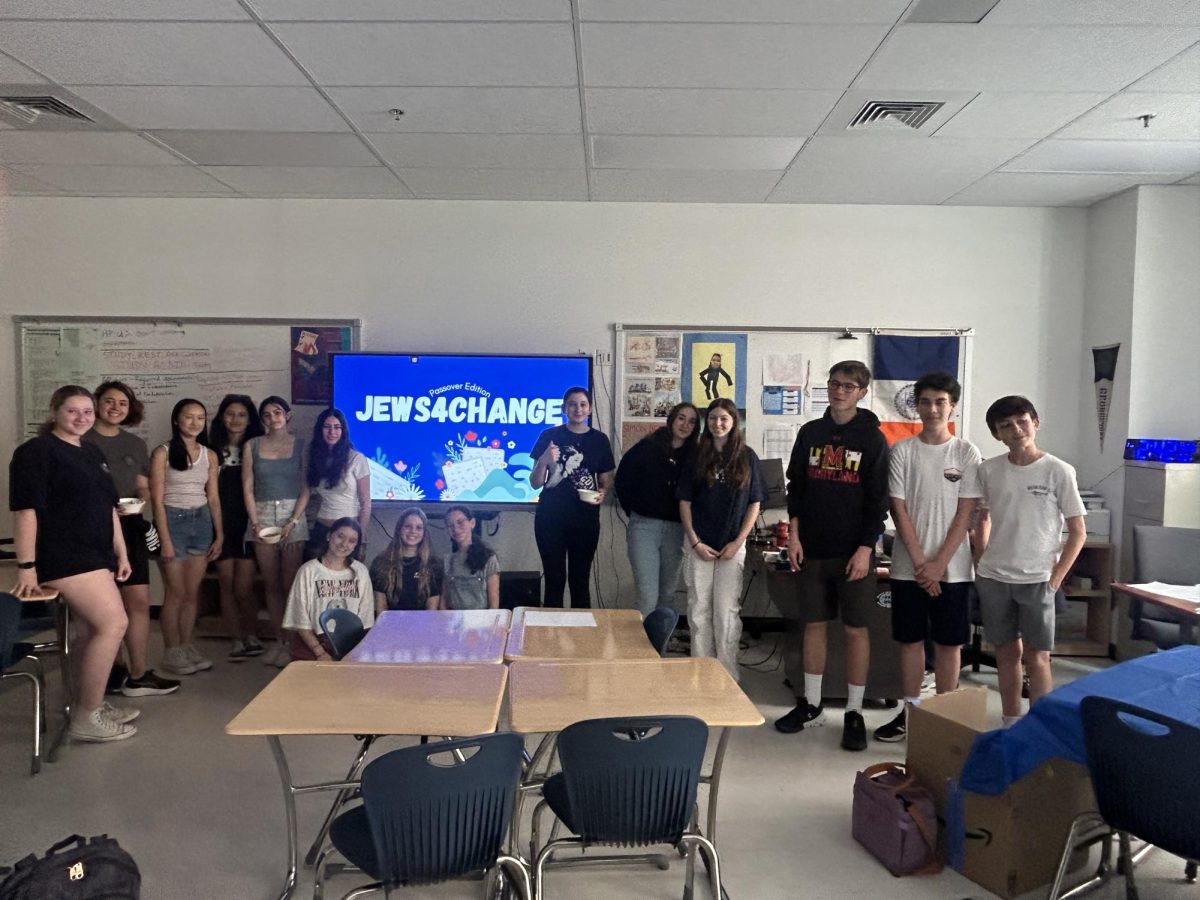

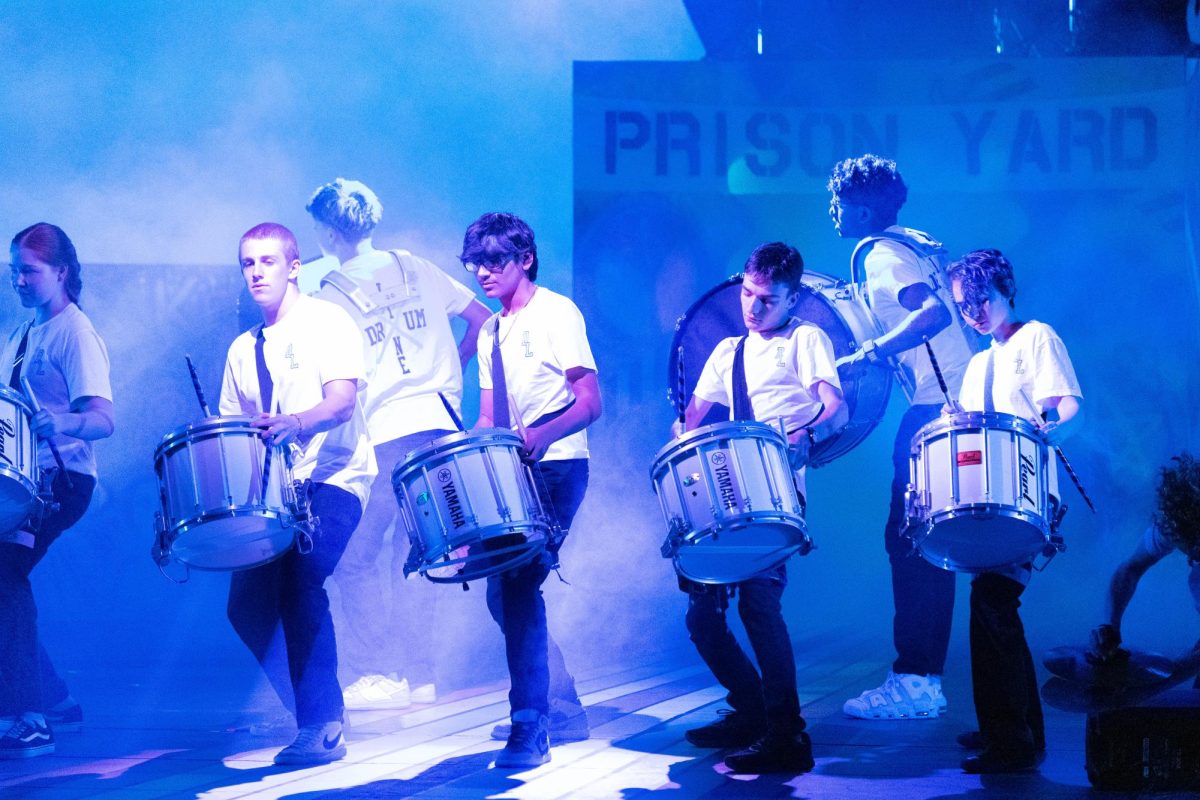
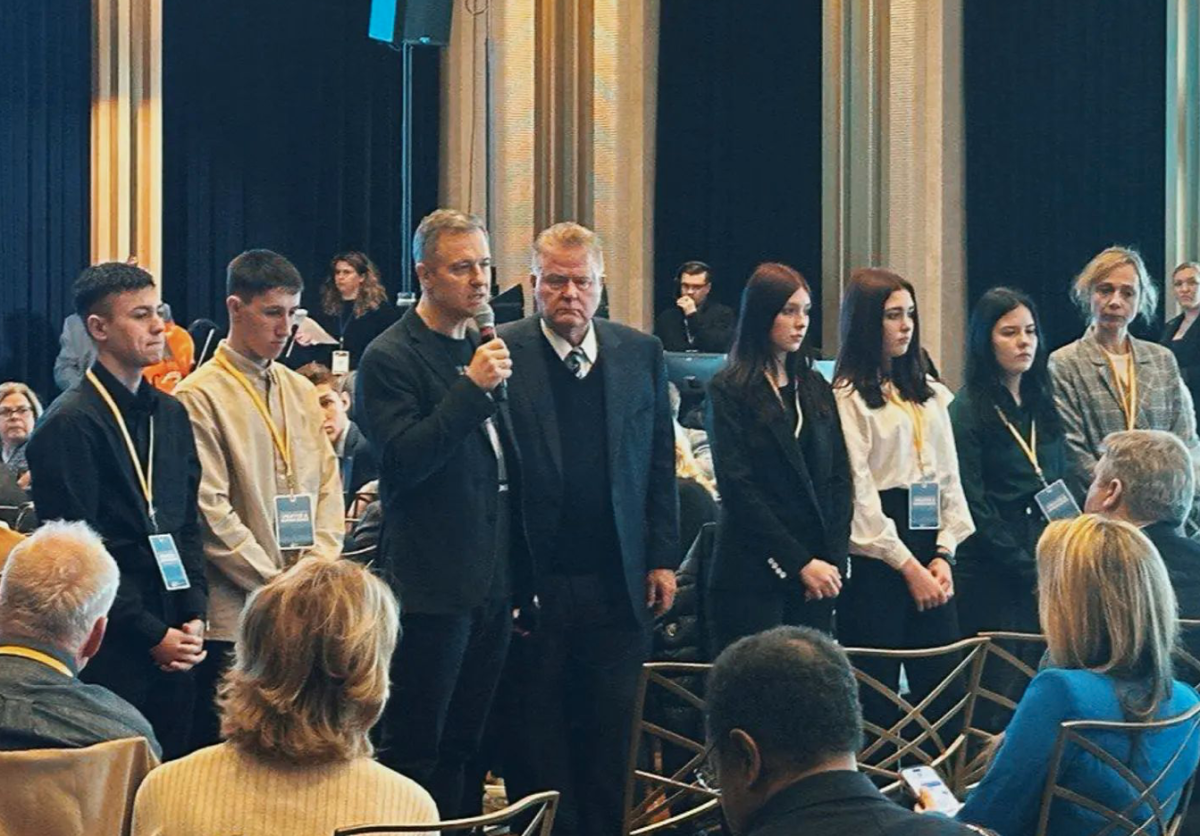
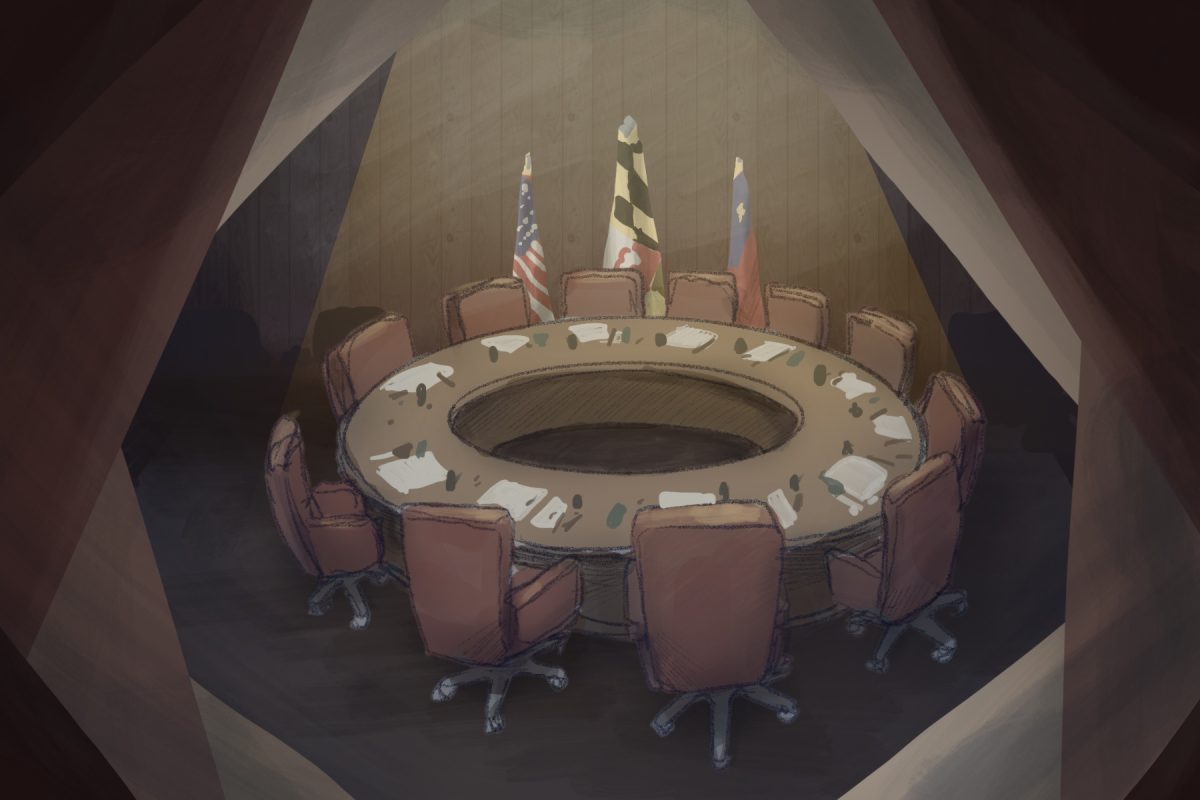
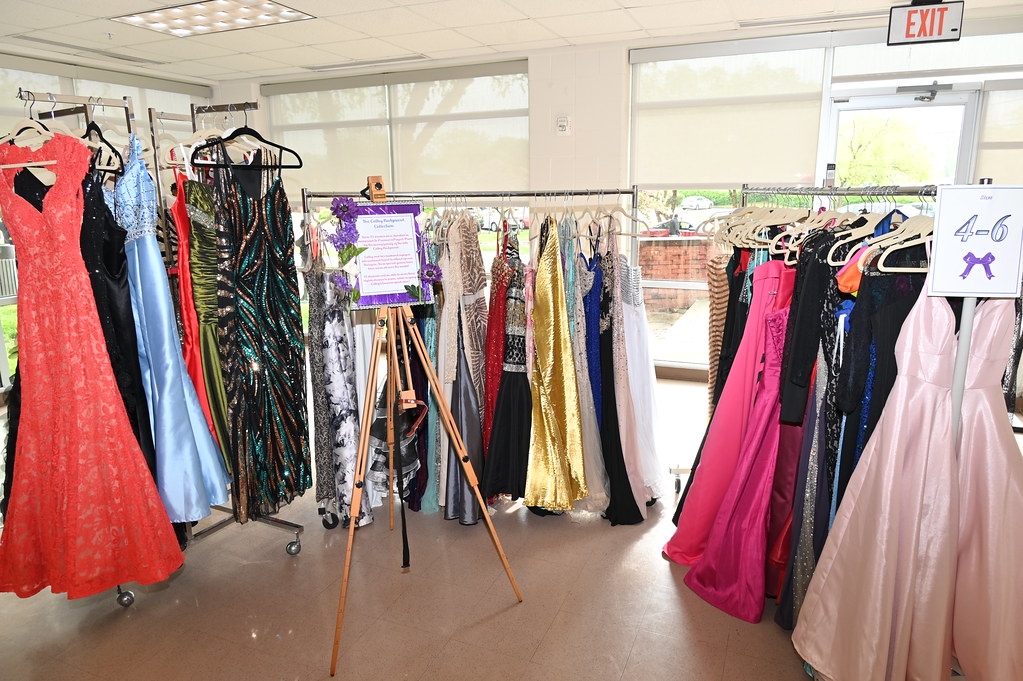
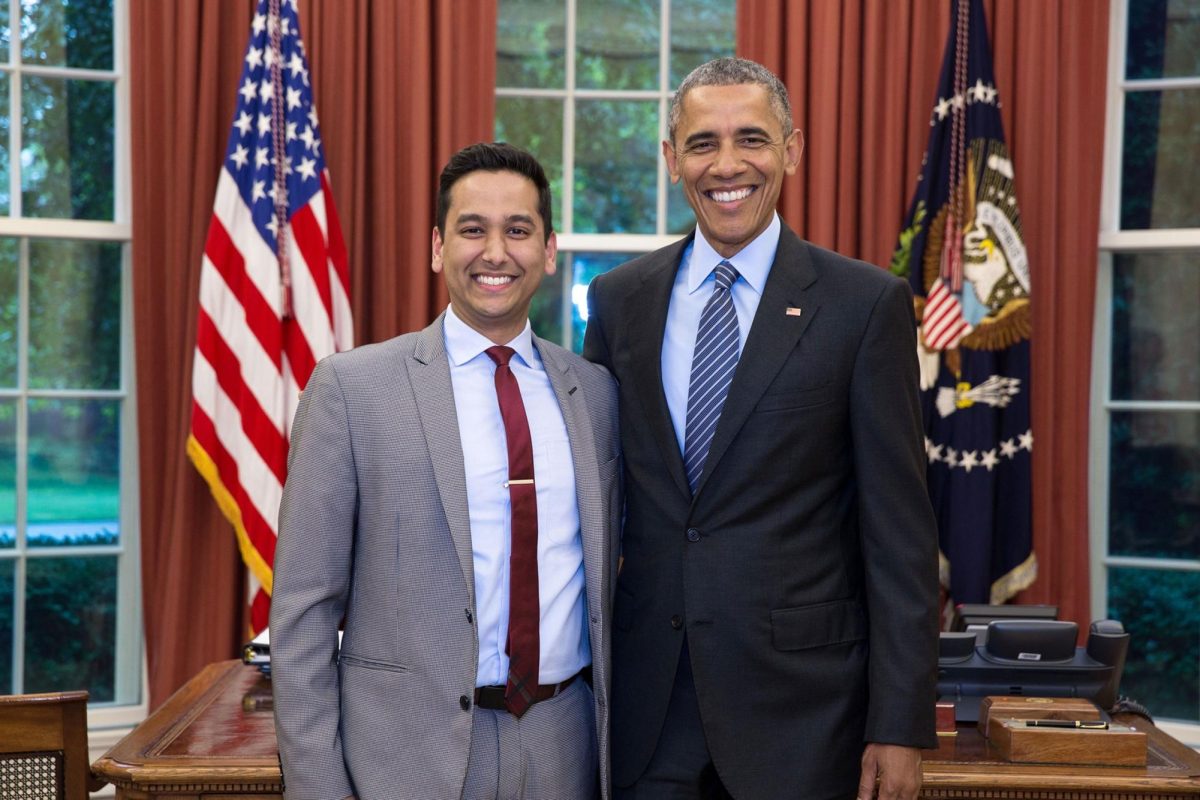
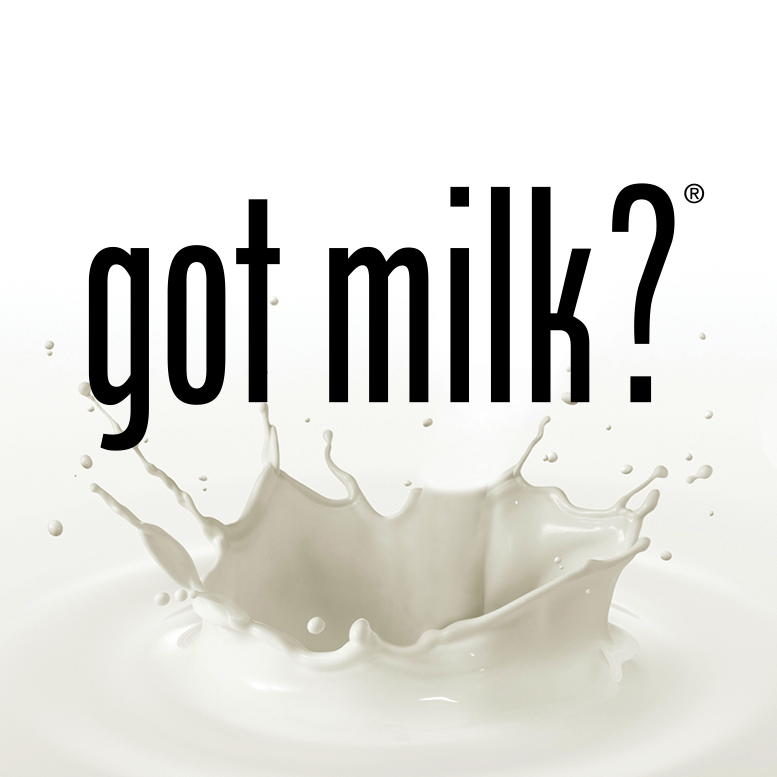
Sam Berman • Nov 12, 2012 at 12:06 pm
“Clous Atlas” is now one of my favorite movies. I loved it when I saw it and would see it again in a heartbeat. I have yet to read the novel, but I’m really looking forward to it!